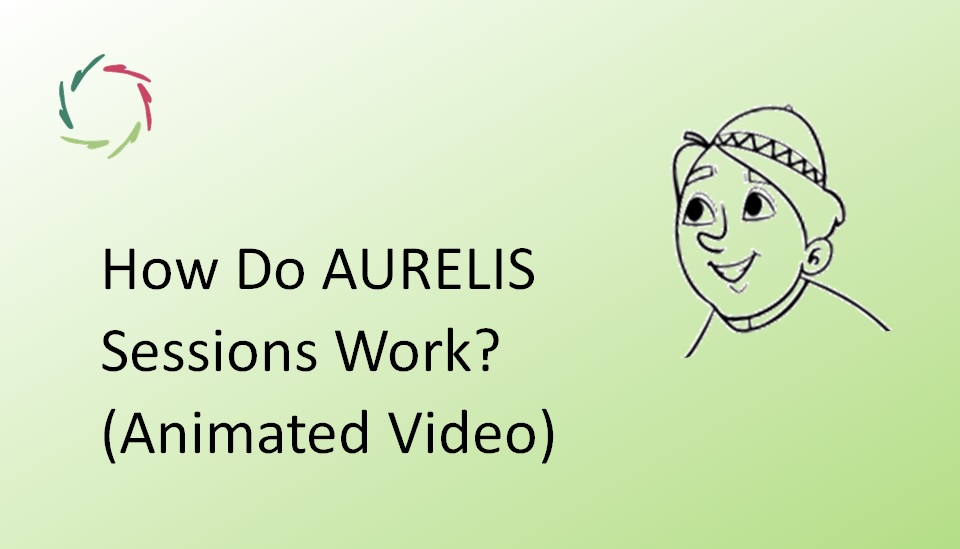Letting Yourself Go

To many people, this is a tricky part of meditating or any meditative exercise. Nevertheless, it is crucial. Without letting go, there is only a staying put. Involved in properly ‘letting go’ are depth and rationality.
Meditative stance
Without the big endeavor to meditate oneself into nirvana, a meditative stance is an everyday life way-of-being that may last for a few minutes or more. Principally, you can take a meditative stance and let yourself go in, for instance, an AurelisOnLine session.
If you do so, you may feel the difference between this and the usual way.
Letting go is at the same active and passive.
You can decide to and actively go towards meditation or a meditative stance. You cannot actively enter it. At the border, you have to ‘let go.’
This is not so very special. It’s the same as falling asleep. That is probably why it’s called ‘falling.’ Like falling in love, you can resist it, but you cannot fully control the falling itself. The falling is not a purely conscious decision.
Letting go is not a purely conscious decision.
Not ‘trying,’ but ‘doing.’
‘Letting go’ is about much more than just ‘giving it a try.’
Compare it to jumping from a cliff into the ocean. The moment you jump, you ‘let go.’ You trust that you will not fall on some rocks. You better make sure beforehand there aren’t any, of course. But standing there, ten meters high, there is a moment on which you go for it. Then, you cannot go back anymore. Precisely at that very moment, the best thing to do is something active and passive at the same time. You don’t give the jumping a try. If you do it, you do it ― all or nothing.
Take this feeling and prolong it over a session. You fall into yourself. [see: “Letting Go towards Wholeness“] You trust that you are in good hands. No turning back.
You cannot ‘try doing it’ and ‘do it’ at the same time.
If you merely try, you don’t do, and you cannot know afterward what it would be to genuinely ‘do it.’
So, this way, you have to relinquish trying. You need to let it go. You need to let yourself go.
This needs your trust.
Of course, you should not let yourself go in anything. That would make you prone to brainwashing. Thus, it is crucial to strive to be able to trust on solid grounds.
Even in the case of AURELIS. Don’t accept anything that you do not fully stand behind.
Making sure that you fully trust is thus part of the endeavor. It enables you to ‘let go’ when the time comes to do so.
Then the time comes, and you do.
Voiding the mind is much easier if you fully trust what happens. Also, you don’t risk any panicky stuff while going for it.
You might get the feeling of falling smoothly. That’s OK. You might also let this turn itself into a sense of flying.
Let yourself be open. Respect your depth. Then feel free. Feel the freedom that is yours and, if you feel profoundly, you may recognize it as something that has always been yours.
You’re welcome. You are meditating.


